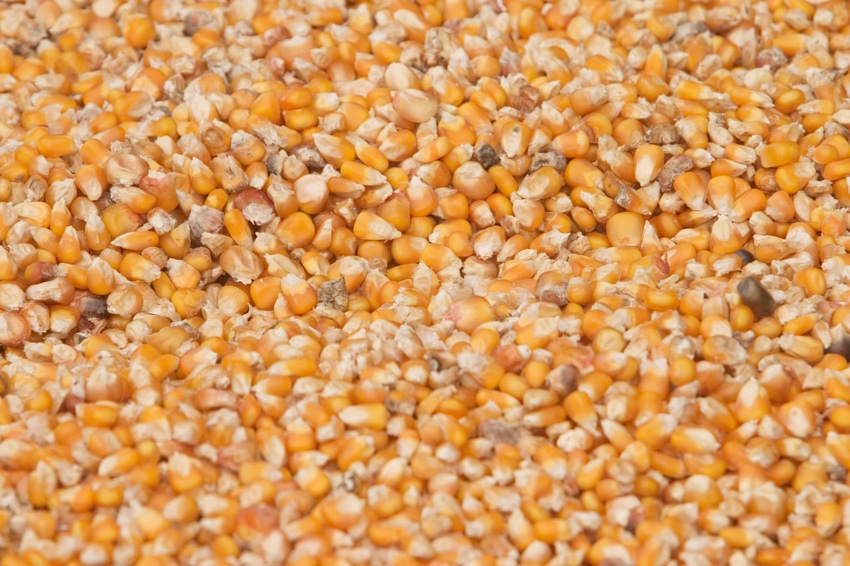December 21, 2017

Has the last century of hybridization to increase yields changed the corn plant’s ability to adjust to new or stressful situations?
This is the question that University of Wisconsin Professor of Agronomy Natalia de Leon along with her student Joe Gage, and colleagues at several institutions hoped to answer. In a recently published paper in Nature Communications, they detail study results which suggests that by intensively breeding for yield, corn breeders have limited the pool of possibilities for future North American corn hybrids, thus creating a smaller universe of available hybrids adaptable in responding to stresses like drought or pests.
To study this, they turned to the Genomes to Fields (G2F) initiative, which houses the largest dataset of corn genotype, environment and phenotype data that has ever been made publicly available to researchers at universities and agencies. This program, funded in part by the Iowa Corn Promotion Board and the National Corn Growers Association, leverages the mapping of the corn genome to identify key corn genetic traits that impact yield and the plant’s ability to respond to environmental conditions.
“This represents the first published paper using the Genomes to Field dataset,” said Pete Brecht, a farmer from Central City who chairs Iowa Corn’s Research and Business Development Committee. “If scientists can predict how corn traits perform under certain environmental stresses, this will enable them to better design hybrids in the future. We know this is just the beginning for the applications of this phenotype database.”
Dr. de Leon and her colleagues collected data from a massive G2F field trial including more than 850 unique corn hybrids at 21 locations across North America. This included more than 12,000 field plots where researchers measured traits like yield and plant height while recording weather conditions. They found that the regions of the corn genome that have undergone a high degree of selection -- for example, gene regions that contribute to high yield -- were associated with a reduced capacity of corn to respond to variable environments than genomic regions that weren't directly acted on by breeders.
This indicates that corn breeders must develop new hybrids that acclimate to new locations or changing conditions in the same area. Both types of variation rely on a pool of possibilities, the combination from which breeders can choose. For the individual plant, those possibilities depend on its genome. Yet the loss of adaptability seems to be the inherent tradeoff for highly productive corn in the universe of possible traits within the corn genome.
“This leads us to believe that when creating new hybrids in the long-term, we must strike the right balance between the two,” said Iowa Corn Technology Commercialization Manager David Ertl, who contributed to the study. “We hope this knowledge will assist seed companies in commercializing improved corn hybrids that consider both resiliency and yield.”
Source: Iowa Corn Promotion Board
You May Also Like




